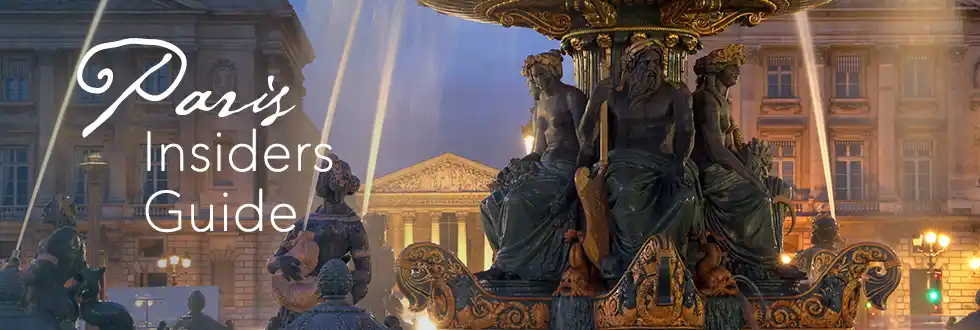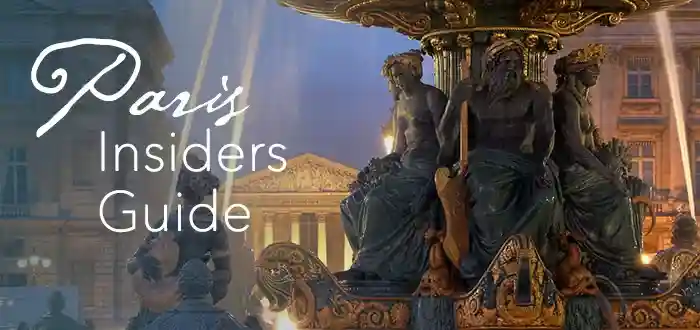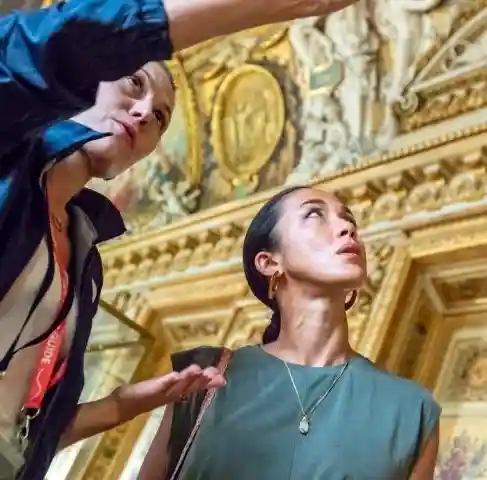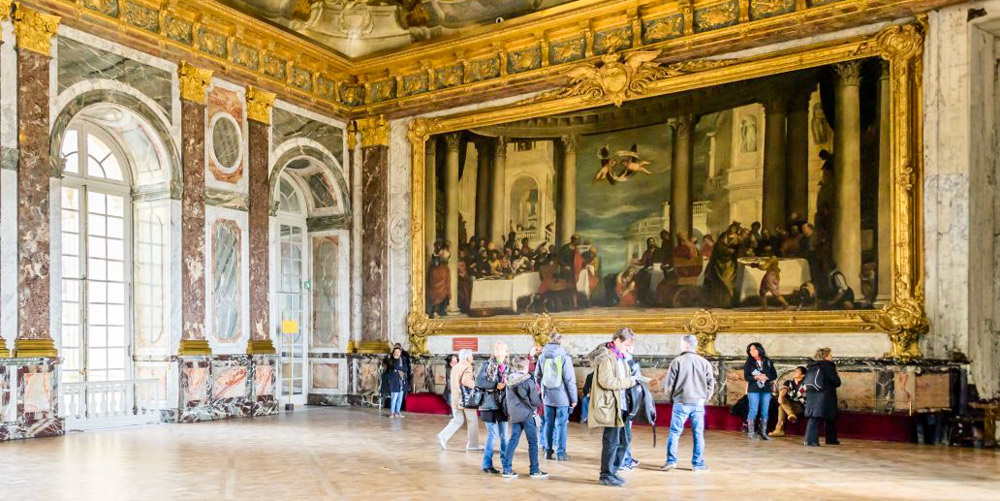The Louvre's Egyptian Antiquities Collection – 10 Pieces Not To Miss
The Louvre's Egyptian Antiquities collection is the largest of its kind, with masterpieces spanning thirty dynasties over three millennia. Art is only one aspect; highlights range from ancient games, sarcophagi (limestone coffins), papyrus scrolls, sculptures, steles (marker slabs), stone statues to bronzes. The collection spans Egyptian history from the the Old Kingdom (2055 BCE) up to the Byzantine era (1453). Come with us on an exciting journey along the Nile Valley from Egypt to the Sudan. Here are ten good reasons to walk like an Egyptian.
![]()
Our Top-Rated Museum Tours in Paris
1. Louvre 2-Hour VIP Tour… This small-group option is the best experience
2. 3-Hour Louvre Semi-Private Tour… Feel like a VIP on a small group tour
3. Musée d'Orsay Impressionist Tour… The top-rated museum tour in Paris
4. The Paris Museum Pass… Free entry to over 60 museums and monuments
10 Reasons to Visit the Egyptian Antiquities Collection
1. Twenty Squares
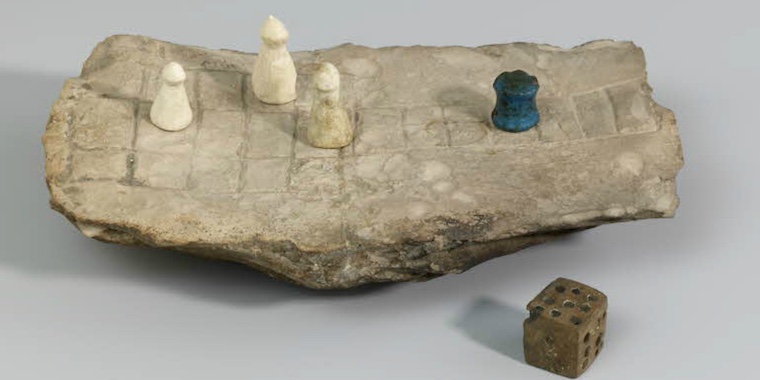
Called "Twenty Squares", it was one of ancient Egyptians' favorite pastimes. Examples of the game, including all the playing pieces, have been found in villages, fortresses, and even in burial grounds as part of the deceased's funeral package prepared for a fun afterlife.
![]()
Discover What's On When You're Here...
• January... |
• February... |
• March... |
• April... |
• May... |
• June... |
• July... |
• August... |
• September... |
• October... |
• November... |
• December... |
Discover What's On When You're Here
• January...
|
• February... |
• March... |
|---|---|---|
• April... |
• May... |
• June... |
• July... |
• August... |
• September... |
• October... |
• November... |
• December... |
2. Akhenaton and Nefertiti
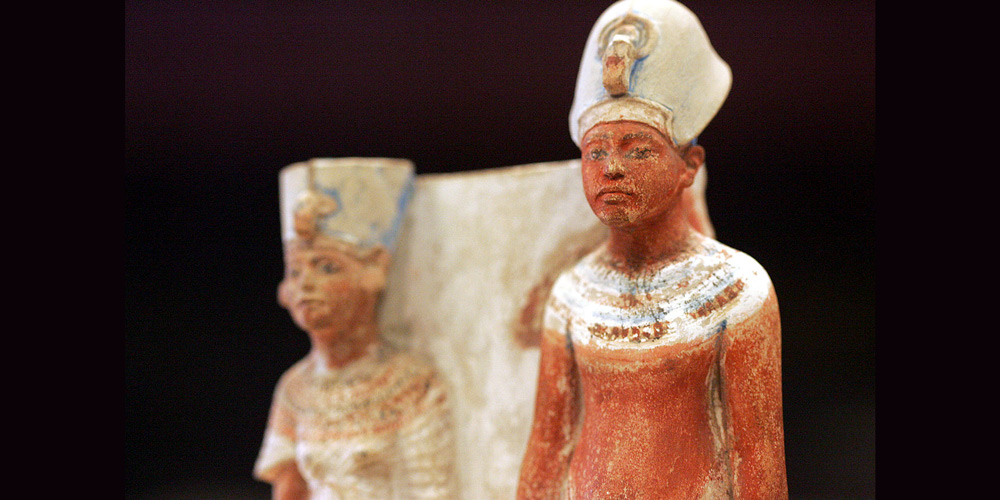
This small sculpture shows Akhenaton and his wife, Nefertiti, holding hands, looking straight ahead. The statue represents the king and queen, many of its kind were discovered in homes where families would offer their devotion to the royal couple in small shrines. After all, the royal couple were seen as the sole living, earthly manifestation of the Sun God.
3. Apis Bull
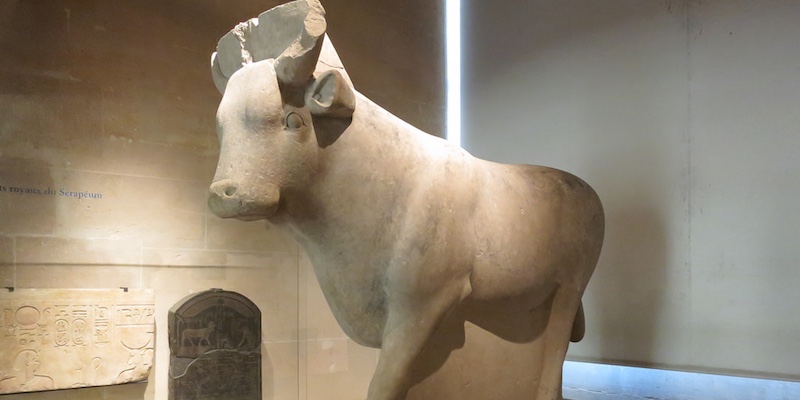
The large limestone statue of the Apis bull represents one of the most sacred animals in Egypt. Apis was considered the earthly form of the god Ptah who was worshiped as the creator and the patron of crafts, sculpture and metalworking. Its black and white coat has distinctive markings. The sculpture used to be entirely painted.
4. The Seated Scribe
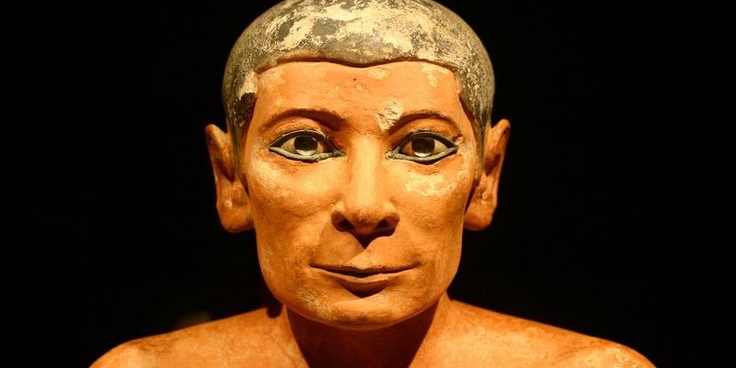
The painted limestone statue shows an anonymous scribe sitting cross-legged, his hands in writing mode. His papyrus is balanced on his lap and his right hand is holding a brush. It's another fine example of painted sculpture from ancient times.
![]()
|
Browse our hand-picked Paris hotel deals with real-time discounts of up to 20%. Stay in the Marais, Saint Germain, the Latin Quarter, the Left Bank near the Eiffel Tower… every arrondissement is on the list. |
|
Browse our hand-picked Paris hotel deals with real-time discounts of up to 20%. Stay in the Marais, Saint Germain, the Latin Quarter, the Left Bank near the Eiffel Tower… every arrondissement is on the list. |
5. Amon Protecting Tutankhamun
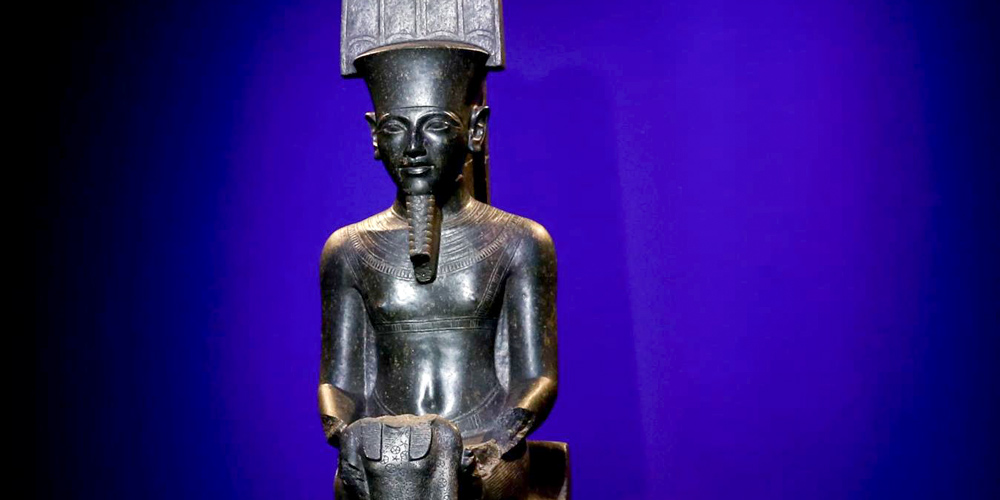
Discovered in 1857, Amon Protecting Tutankhamen is an impressive statue made from diorite (hard silicate stone). It's a showstopper standing over seven feet tall, measuring seventeen inches wide by thirty inches deep.
6. Hippopotamus Figurine
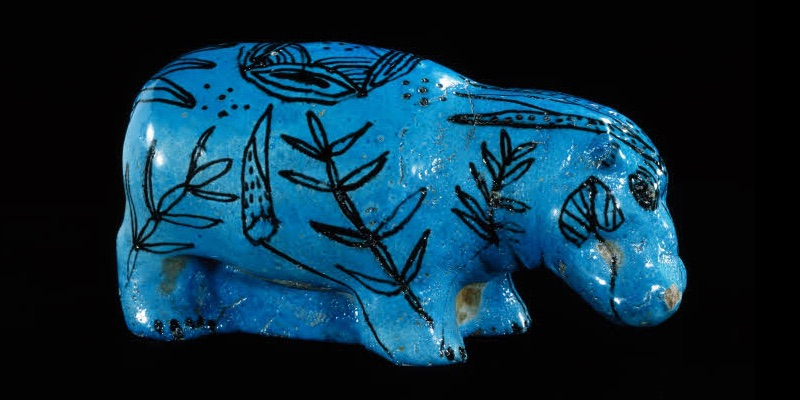
To ancient Egyptians, the hippopotamus was one of the most dangerous animals in their world. They believed that the animal might even be met on the journey to the afterlife. To them, the hippopotamus needed to be controlled both in this life and the next. The bright blue earthenware hippopotamus figurine was often placed in the tombs of VIPs to accompany them to the afterlife.
![]()
|
Skip the lines and join an expert-led tour through the Musée d'Orsay — home to Van Gogh, Degas, and Monet. It’s the ultimate walk through 19th-century art in a grand old train station. |
|
Skip the lines and join an expert-led tour through the Musée d'Orsay — home to Van Gogh, Degas, and Monet. It’s the ultimate walk through 19th-century art in a grand old train station. |
7. Mummy Mask
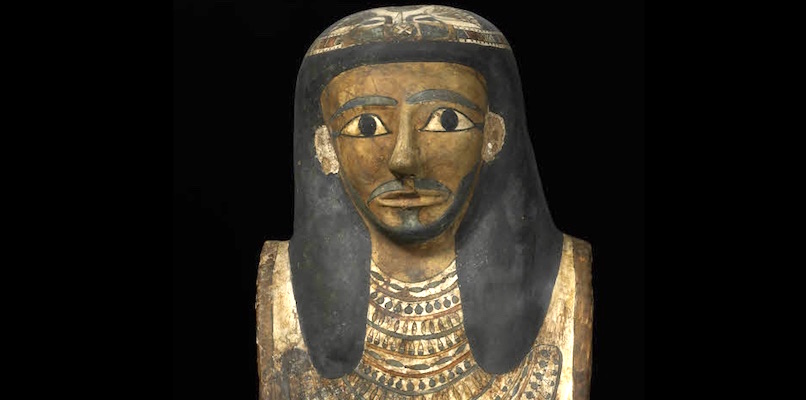
This unusual mummy mask shows a man with grey hair (not common), dressed in white, with a ring on his left hand pinky finger. On his head is a wreath of myrtle leaves. The dead man is painted as Osiris — god of the afterlife — with Isis, goddess of health, marriage, and wisdom.
8. Mummy Man
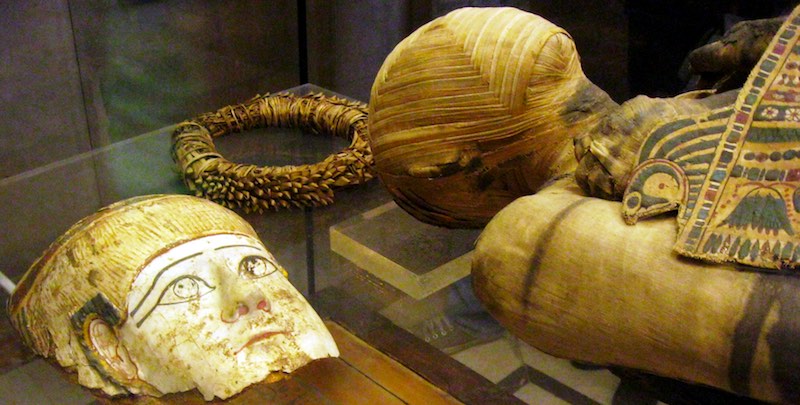
It's the only mummy in all of the Louvre. Although many mummies were discovered, it proved very difficult to transport them without damage. This well-preserved mummy is of a man who lived during the Ptolemaic Period (305 BCE). According to custom, the body of the deceased was wrapped in strips of linen with a mask that covered the head. Other details on Mummy Man are his wide collar with an apron across his legs and a casing over his feet.
9. Bastet, The Cat-Headed Woman
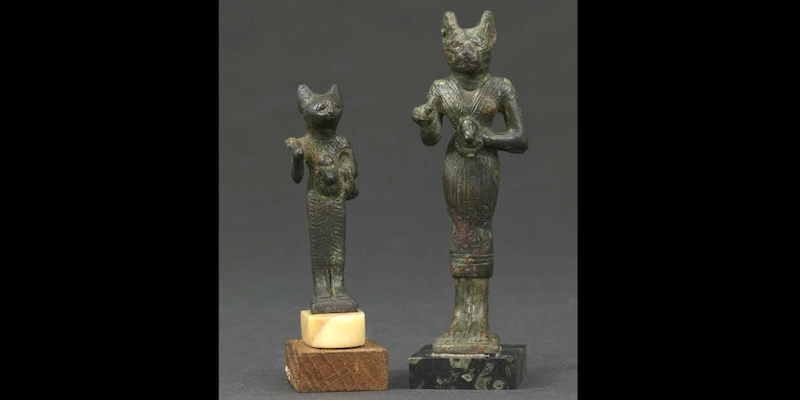
She's not a comic book superhero. The elegant bronze statuette is the image of the goddess Bastet. It combines the body of a woman in a form-fitting dress with a delightful head of a cat with pricked ears. She holds a sistrum, a musical instrument and a basket. These figurines would have been placed as an offering in the goddess' temples.
![]()
|
Paris Dinner Cruises on the Seine Dine in style as you glide past the Eiffel Tower, Notre-Dame, and the Louvre on a magical Seine River cruise. Gourmet food, champagne, and Paris lit up at night – it’s unforgettable. |
|
Paris Dinner Cruises on the Seine Dine in style as you glide past the Eiffel Tower, Notre-Dame, and the Louvre on a magical Seine River cruise. Gourmet food, champagne, and Paris lit up at night – it’s unforgettable. |
10. Chapel of the Tomb of Akhethotep
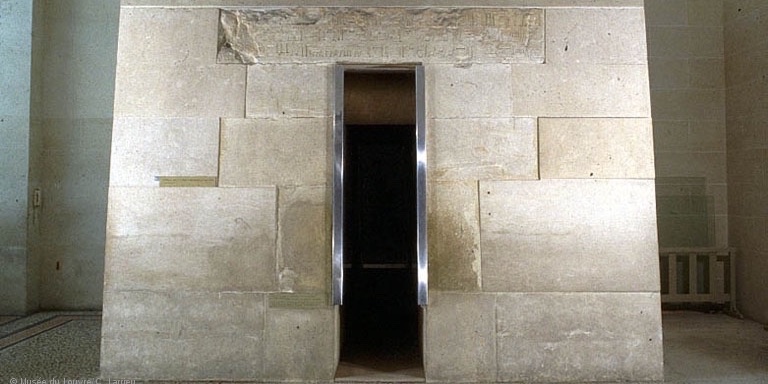
It was a sacred place for loved ones to make offerings to their deceased. The chapel dates from around 2400 BCE, towards the end of the 5th Dynasty. You can actually enter the chapel, just like the ancient Egyptians did. (Make sure you walk like one.) It was discovered in 1903 by the Louvre's then curator, Georges Benedite. Eerie fact: Benedite died in Luxor after visiting the tomb of Tutankhamen, adding fuel to the legendary "Curse of the Pharaoh".
![]()
|
Trade Paris bustle for royal grandeur on a guided Versailles tour. Skip the lines, wander the gardens, and peek inside Marie Antoinette’s private estate. History never looked this good. |
|
Trade Paris bustle for royal grandeur on a guided Versailles tour. Skip the lines, wander the gardens, and peek inside Marie Antoinette’s private estate. History never looked this good. |
History of the Louvre's Egyptian Antiquities
Contrary to what you may have thought, the Egyptian collection is not the result of Napoleon Bonaparte's military expedition to Egypt, 1798 to 1801. It was in actually, Jean-François Champollion (who was only 10 years old at the time of the campaign) a talented linguist who solved the enigma of the Rosetta Stone, who helped to champion an Egyptian museum in Turin, Italy. He then convinced Charles X to buy three of the major collections from Turin and bring them to the Louvre. By royal decree in 1826, Champollion was appointed the first curator of the new Egyptian department in the Louvre.
However, Champollion's life was cut short. Exhausted by the laborious work from his expedition to Egypt, Champollion died of a stroke in Paris in 1832 at the young age of 41 years. He is buried in Père Lachaise Cemetery.
French archaeologist and famous egyptologist, Auguste Mariette(1821 – 1881) discovered the burial sites of Serapeum at Saqqara in Egypt. In a single year, between 1852 to 1853, Mariette sent almost 6,000 works to the Louvre, including the famous Seated Scribe. He was the director of Egyptian Antiquities and helped to protect the archeological sites from thieves, pillagers, and other ne'er do wells.
The years that followed were the era of Egypt-mania. Extensive excavations by western museums were conducted throughout Egypt and added substantially to the collection of the Louvre. And in case you're wondering, the Rosetta stone is not part of the Louvre collection, even though it was cracked by a French scientist. You'll find it in the British Museum.
- EGYPTIAN ANTIQUITIES
- Levels 0 and 1
- Sully Wing, Louvre
Links to the 8 Departments of the Louvre
| • Egyptian Antiquities… | • Greek & Roman Art… |
| • Near Eastern Antiquities… | • Islamic Art… |
| • Paintings… | • Sculptures… |
| • Decorative Arts… | • Prints & Drawings… |
Paris Planning Guides
 Glorious Dinner Cruises
Glorious Dinner Cruises |
 Latin Quarter Hotels
Latin Quarter Hotels |
 Historic D-Day Tours
Historic D-Day Tours |
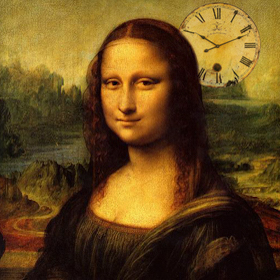 Skip-the-line Louvre Tour
Skip-the-line Louvre Tour |
